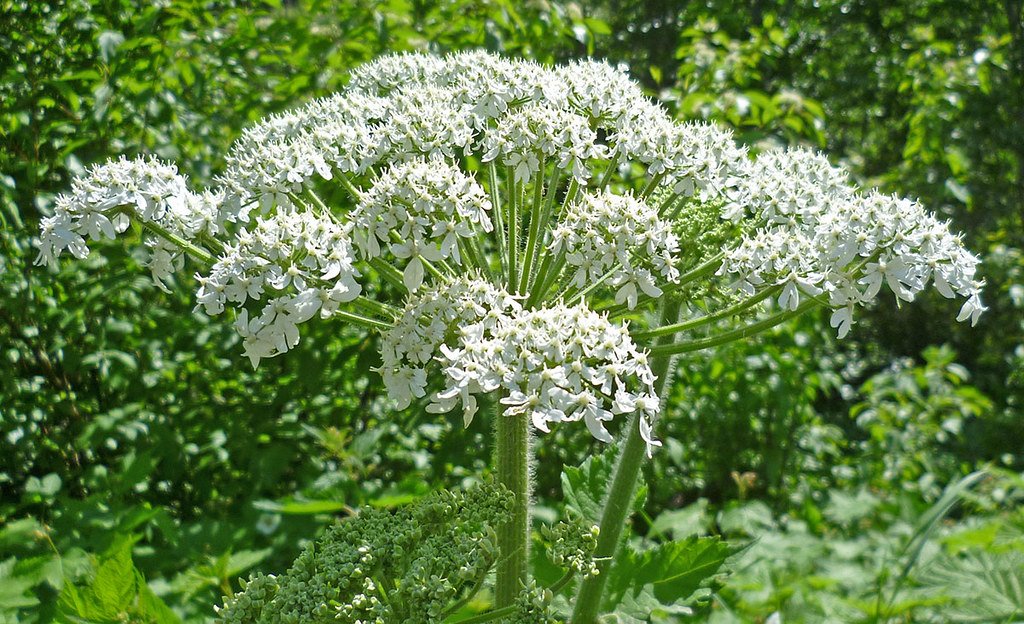
Seeds
All seeds are grown on our farm without the use of chemicals; and are untreated, open-pollinated, hybrid-free and GMO-free.
Cow Parsnip Seeds
Cow Parsnip Seeds
Our own farm-grown Cow Parsnip (Heracleum maximum) seeds for organic growing.
All seeds are grown on our farm without the use of chemicals; and are open-pollinated, hybrid-free and GMO-free.
1 pkg (25+ seeds)
Common Names
Cow Parsnip, American Cow Parsnip, Indian Celery
Botanical Name
Heracleum maximum
Plant Family
Apiaceae (Carrot Family)
Native Range
North America, parts of Siberia and Asia
Life Cycle
Perennial
Hardiness Zone
4-10
Habit
Our largest native species in the Carrot Family. A gorgeous stately native plant for wet areas. To ten feet tall in bloom, large cream coloured flower umbels on sturdy stalks. Leaves to 1.5ft across. Large, decorative seed umbels are attractive in fall. Often found growing amongst Devil’s Club (Oplopanax horridus) in the wild.
Sun/Soil
Moist soil, part to full sun.
Germination/Sowing
Seeds germinate best when direct sown in fall or early spring.
Growing/Care
Like the garden Parsnip, the sap of this plant can cause dermatitis. Dark discolouration, blisters and rashes appear when the skin is exposed to the sun after contact with the sap. If you get the sap on you wait 24hrs before exposing that area to the light and you should be fine. Cow Parsnip is not to be confused with Giant Hogweed (Heracleum mantegazzianum), which is considered an invasive species and is much more toxic.
Harvesting
Wear gloves when handling the plants.
Culinary Uses
From wikipedia '“Indigenous North Americans have had a variety of uses for cow parsnip, often traveling long distances in the spring—80 kilometres (50 miles) or more—to find the succulent plant shoots. The young stems and leafstalks were peeled and usually eaten raw, while early American settlers cooked the plant. In terms of taste, texture, and nutrients, the peeled stalks resembled celery, which gave rise to the common name "Indian celery". The natives were aware of the toxic effects of the plant, knowing that if the outer skin were not removed, one would get an "itchy mouth" or blistering skin.
Medicinal Uses
The roots of Cow Parsnip were traditionally used to treat respiratory infections.
Other Uses
Cow Parsnip is an important host for many native species of butterflies and moths.
Themes
Woodland Garden, Native Plants, Attracts Pollinators.